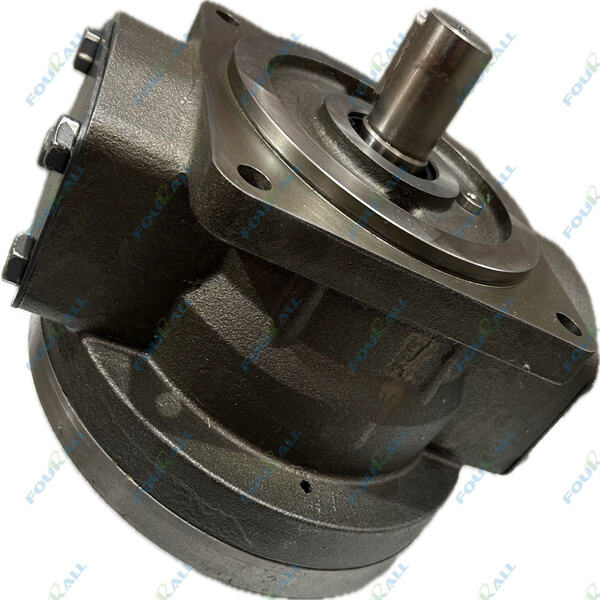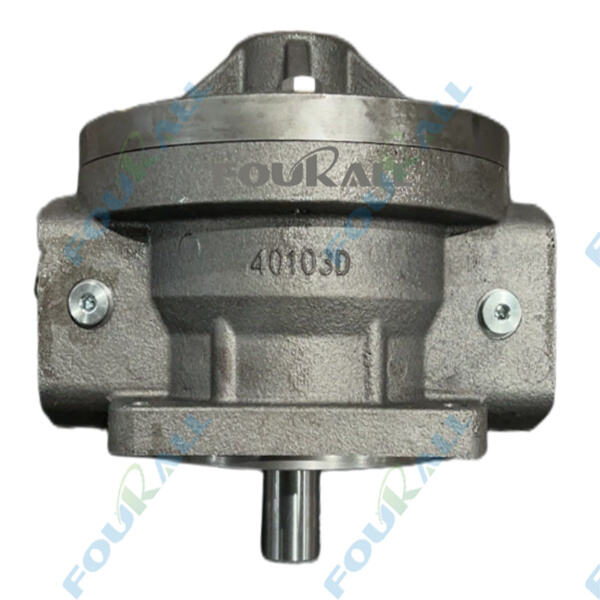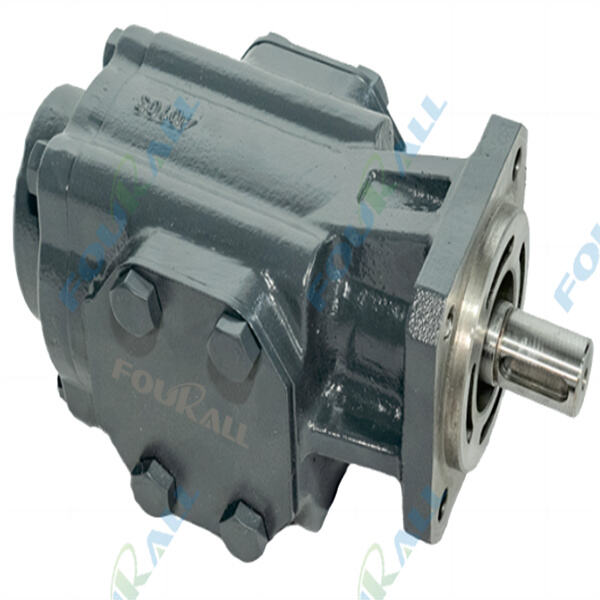真空ポンプは、容器内の空気(または他のガス)を吸引し、その領域をほぼアレルゲンがない状態にするための興味深い装置です。真空とは、ほとんどまたは全く空気やガスがない領域であり、さまざまな用途に使用できます。 油圧ポンプシステム ディスプレースメントポンプに分類されます。この記事ではこれを詳しく検討します。 メカニカル潤滑システム 彼らが本当に特性や機能において優れているかどうか、現在市場にどのような種類があるか、そしてどのようにしてそれらを維持するかについてです。
ポジティブディスプレースメント:メカニカル真空ポンプは、ポジティブディスプレースメントを使用して真空を作り出します。まずポジティブディスプレースメントから始めましょうか? これは、ポンプに空気が移動するチャンバーがあることを意味します。これが真空の発生方法です。このポンプは主に2つの部品で構成されています:ポンプチャンバーとインレットバルブ。
ユニットが動作を開始すると、外部の空気がインレットバルブを通じて進入します。同時に、インペラーと呼ばれる回転部品がインレットから外に移動します。この動きにより、ポンプ室内に真空が発生し、空気を引き込みます。その後、ファンまたはインペラーも回転を始め、他の端子である圧力弁から空気を排出し始めます。排気弁が開くと、逃げる空気がポンプ室内に真空を作り出します。このプログラミング可能なチャンバーは、真空が必要なあらゆるアプリケーションにおいて欠かせません。
いくつかの重要な利点があります、それは 冷却システム その最大の利点の一つは、非常に高い真空度を速やかに発生させられることです。言い換えれば、真空が必要な作業をより短い時間で行うことができ、作業効率を向上させるのに理想的です。さらに、機械式真空ポンプの良い点は、通常他の種類の真空装置よりも安価であることです。これにより、さまざまな企業や産業で汎用性が高く、使いやすい製品となっています。また、より堅牢で耐久性があり、摩耗に強く、定期的な交換も不要です。

メカニカル真空ポンプには、効率的に動作するために重要な特長があります。その特長には、インレットバルブとエキゾーストバルブ、オイルシール式ポンプと共に設置される真空計が含まれます。インレットバルブは必要不可欠で、これはポンプ室内に空気を取り込むためです。そして、エキゾーストバルブは空気の流れを排出するのに非常に重要です。真空計は、ポンプ室内の圧力を測定するための有用な装置です。最後に、オイルシール式ポンプは、メカニカル真空ポンプが過熱しないように補助します。この機能により、ポンプはストレスなく効率的に作動します。

機械式真空ポンプ:5種類の機械式真空ポンプがあり、それぞれ独自の機能を持っています。一般的な真空ポンプのタイプには、ローリーブ、液体リング、およびダイアフラムがあります。ローリーブポンプは、極めて低い真空レベルを生成する必要がある工場で一般的に使用されており、これは多くの工業プロセスにとって重要です。一方、液体リングポンプはガスや蒸気の作業に最適です。液体リングポンプは液体を使用して真空を発生させるため、他のポンプよりも静かです。最後に、非常に強い真空が必要ない場合にダイアフラムポンプも役立ちます。これらは通常、約100 mbar程度の比較的弱い真空で十分な場合に使用されます。

メカニカル真空ポンプの手入れ方法 メカニカル真空ポンプのような機器は、その性能を長期間維持するためには適切なメンテナンスが必要です。定期的なメンテナンスが重要です。スムーズに動作させるために、4〜6か月ごとにオイルを交換する必要があります。また、真空フィルターを定期的に交換することが重要であることも覚えておいてください。これにより、ポンプ内に汚れやゴミが侵入して問題が発生するのを防ぎます。インレットバルブにも障害物がないことを確認してください。最後に、ポンプ内のオイルが十分にあるかも確認してください。そうすることで、正常に動作します。